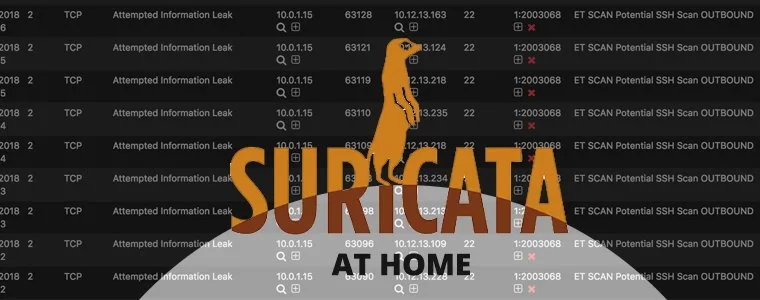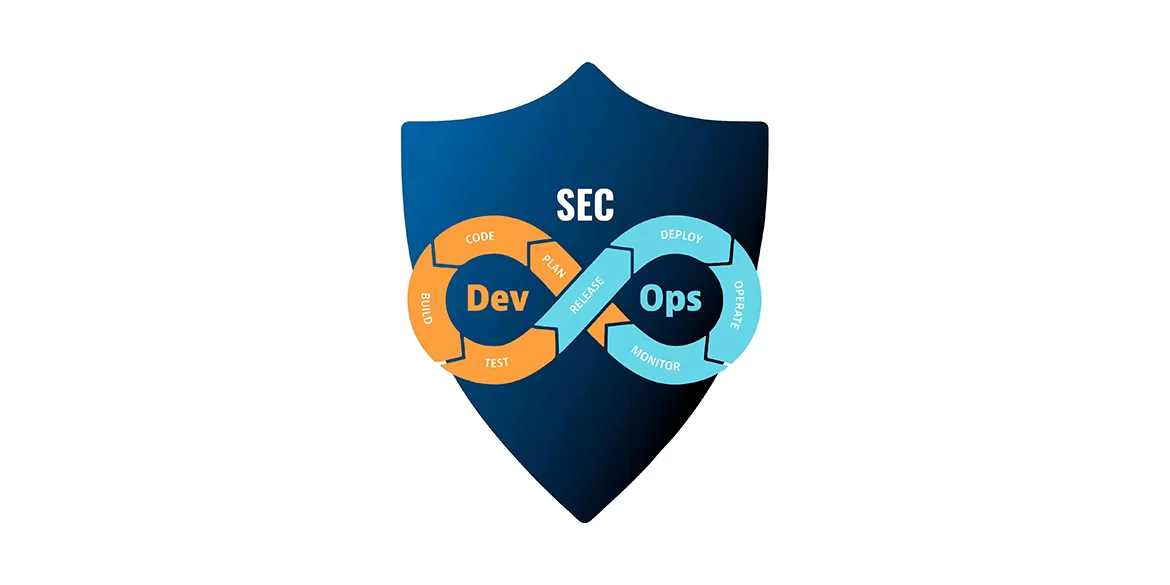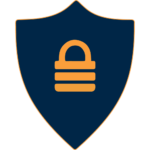Essential Tools and Technologies Used in DevSecOps We take a hands-on approach to assist you in implementing the most suitable technologies for Security Integration
Implementing DevSecOps requires leveraging a variety of security tools and cutting-edge technologies to automate processes, detect vulnerabilities, and ensure the security of the software delivery pipeline. Here are some essential tools and technologies we use to transform your DevSecOps practices:
-
1 Static Application Security Testing (SAST)
- SAST tools analyze source code, byte code, or binary code without executing the application. They examine the code for potential security vulnerabilities, such as SQL injection, cross-site scripting (XSS), and buffer overflows, by performing a thorough analysis of the codebase. SAST tools help developers identify security issues early in the development process, providing insights into coding errors, insecure coding practices, and potential vulnerabilities in the application's logic and architecture. By integrating SAST into the CI/CD pipeline, organizations can automatically scan code changes and enforce security policies, ensuring that secure coding practices are followed throughout the development lifecycle.
-
2 Dynamic Application Security Testing (DAST)
- DAST tools simulate real-world attacks on running applications by sending malicious requests and analyzing their responses. Unlike SAST, which focuses on code analysis, DAST tools assess the security of deployed applications by interacting with them as an external attacker would. They identify vulnerabilities such as injection flaws, authentication bypass, and insecure configurations by analyzing the application's runtime behavior and responses. DAST tools are valuable for uncovering vulnerabilities that may not be evident during static analysis, providing organizations with insights into the security posture of their applications in production environments. Integrating DAST into the CI/CD pipeline allows organizations to perform automated security testing at scale, ensuring that applications are continuously monitored for security weaknesses.
-
3 Interactive Application Security Testing (IAST)
- IAST tools combine the benefits of SAST and DAST by analyzing the application's source code and runtime behavior simultaneously. These tools instrument the application during runtime to monitor its execution and identify security vulnerabilities in real-time. By observing how the application responds to different inputs and interactions, IAST tools can detect vulnerabilities such as injection attacks, insecure deserialization, and broken authentication. IAST integrates seamlessly into the development environment, providing immediate feedback to developers as they write code and test their applications. By embedding IAST into the CI/CD pipeline, organizations can automate security testing and provide developers with actionable insights to remediate vulnerabilities before they reach production.
-
4 Container Security Solutions
- As containerization becomes increasingly popular in DevOps environments, container security solutions are essential for protecting containerized applications. These solutions provide capabilities for vulnerability scanning, runtime protection, access control, and compliance management for containers and orchestration platforms like Kubernetes.
-
5 Cloud Security Platforms
- With the widespread adoption of cloud computing, organizations need robust cloud security platforms to secure their cloud environments. These platforms offer features such as cloud workload protection, identity and access management (IAM), encryption, logging, and monitoring to ensure the security and compliance of cloud-based applications and infrastructure.
-
6 Threat Intelligence Platforms
- Threat intelligence platforms aggregate and analyze data from various sources to provide insights into emerging threats, vulnerabilities, and attack trends. By leveraging threat intelligence feeds and analytics, organizations can proactively identify and mitigate security risks, enhance incident detection and response capabilities, and stay ahead of cyber threats.
-
7 Security Orchestration and Automation Tools
- Security orchestration and automation tools streamline security operations by automating repetitive tasks, orchestrating workflows, and integrating security tools and processes. These tools enable security teams to respond quickly to security incidents, reduce manual effort, and improve overall efficiency and effectiveness in managing security operations.
-
8 Continuous Integration/Continuous Deployment (CI/CD) Pipeline Security Tools
- Integrating security into the CI/CD pipeline requires specialized tools for code scanning, configuration management, and vulnerability assessment. These tools ensure that security checks are performed at every stage of the software delivery pipeline, allowing organizations to deliver secure and compliant software releases rapidly.
-
9 Code Analysis and Review Platforms
- Code analysis and review platforms provide developers with tools for code inspection, peer review, and quality assurance. These platforms help identify security vulnerabilities, coding errors, and compliance issues in source code, enabling developers to write more secure and reliable software.
By leveraging these security tools and technologies, organizations can effectively implement DevSecOps practices, improve the security posture of their applications, and accelerate the delivery of secure software products.










